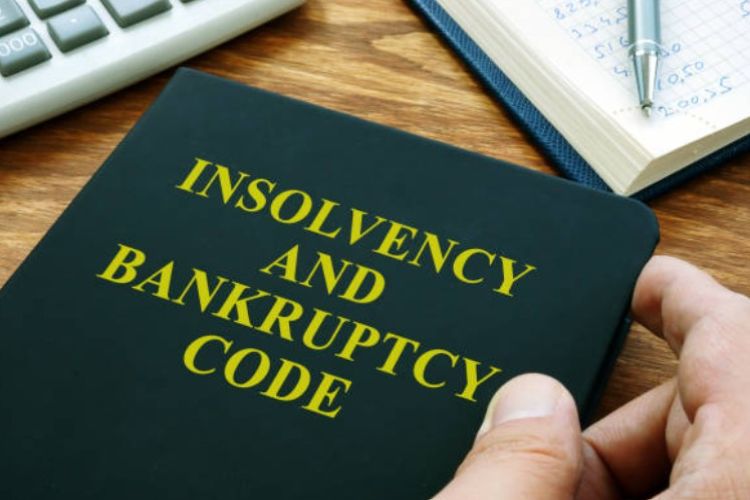Nearly a decade after its launch, the Insolvency and Bankruptcy Code remains burdened by delays. Designed to revive viable businesses and liquidate the unviable, the Code is stuck in the growing backlog at the National Company Law Tribunal. As of March 2025, 14,961 cases were pending before the NCLT. Of these, 6,988 were insolvency matters under the IBC, with the rest linked to mergers, acquisitions, and disputes under the Companies Act.
The tribunal, originally conceived as a quasi-judicial body for corporate disputes, has effectively become the frontline forum for insolvency. The imbalance is visible. Against a sanctioned strength of one President and 62 members, only two-thirds of the posts are filled. Many benches remain understaffed, forcing members to hear upward of a hundred cases daily. Such workloads leave little space for detailed hearings, especially on complex corporate insolvencies.
READ | Doubling electric bus fleet is India’s most efficient climate reform
Structural weakness in the Insolvency and Bankruptcy Code
The shortage of members is not the sole cause of delays. Structural flaws also drag the system down. The NCLT was not designed to carry the volume of insolvency petitions that followed the IBC’s enactment in 2016. Insolvency proceedings involve interlocutory applications, contested evidence, and frequent appeals. Adjournments and stays often add weeks to the timeline. The ministry of corporate affairs has acknowledged these bottlenecks, but the overall outcome is a process that is becoming slower, not faster.
The IBC mandates a 180-day resolution period, extendable to a maximum of 330 days. In practice, most cases overshoot these deadlines. Data from the Insolvency and Bankruptcy Board of India shows that 78% of ongoing cases have crossed the 270-day mark. Kotak Institutional Equities reports that cases where a resolution plan was approved took an average of 724 days — more than double the statutory ceiling.
Delays erode asset value, reduce the chances of revival, and weaken creditor recovery. This is particularly stark in avoidance or clawback proceedings, where assets allegedly siphoned off by promoters or related parties are to be retrieved. Close to ₹3.8 lakh crore is locked in such cases, but recoveries have been negligible. With litigation dragging on, creditor confidence in the system has weakened.
Learning from global best practices
India is not alone in grappling with the trade-off between speed and fairness in insolvency. But there are working models abroad. The UK and Singapore run specialised insolvency benches, which ensure judicial focus and build expertise. These courts also enforce strict timelines, limit adjournments, and deploy case managers to track progress. Such mechanisms prevent procedural abuse and improve efficiency. India has expanded NCLT benches and tested hybrid hearings, but these efforts remain piecemeal. A dedicated expansion of NCLT capacity, with exclusive IBC benches, is overdue.
Reducing tribunal pressure also requires preventing cases from reaching the NCLT. Many jurisdictions rely on pre-insolvency frameworks. The European Union has preventive restructuring directives, while OECD countries encourage mediation and informal workouts. Such frameworks allow businesses to restructure debt before collapse. India has made tentative moves in this direction, but a more structured out-of-court restructuring mechanism could provide early relief and preserve enterprise value.
Building institutional capacity
Strengthening insolvency resolution will also require capacity-building for judges, tribunal members, and practitioners. Corporate insolvency involves complex valuations, cross-border disputes, and financial restructuring. International bodies such as UNCITRAL and the World Bank highlight training as central to efficient insolvency systems. India could adapt similar capacity-building initiatives to improve decision quality.
The IBC was heralded as one of India’s boldest economic reforms, promising a market-oriented exit framework. Yet without institutional strengthening and systemic reform, the law risks becoming another clogged channel in the country’s overburdened legal system. Realigning judicial capacity, tightening timelines, promoting pre-insolvency solutions, and building expertise are essential. If India acts decisively, the IBC can still deliver on its promise. If not, the reform will remain an unfinished revolution.

